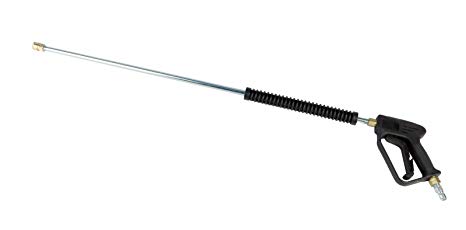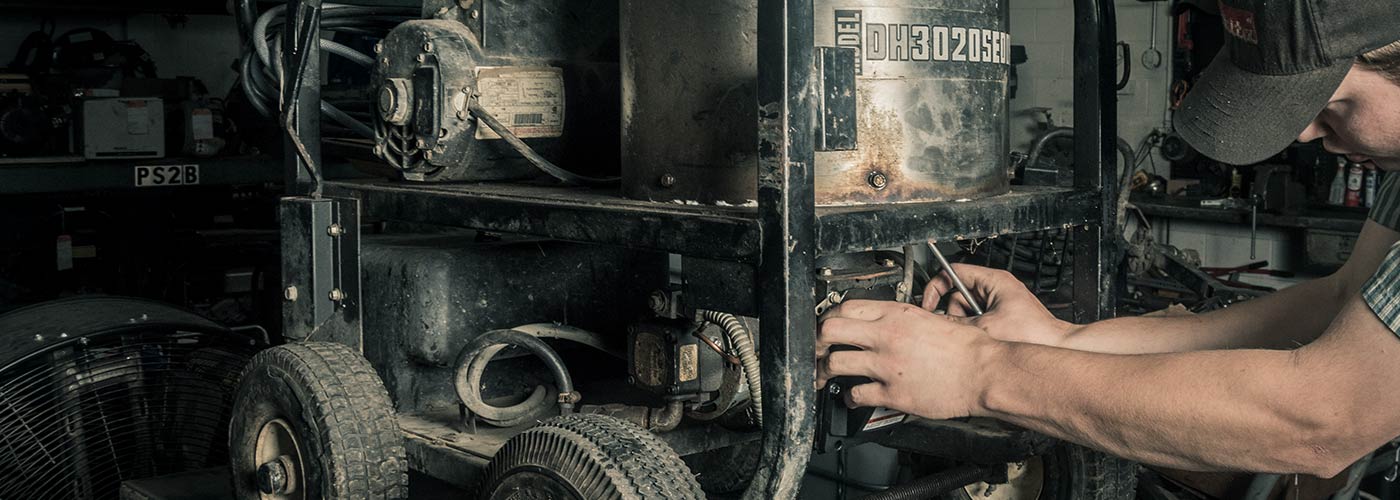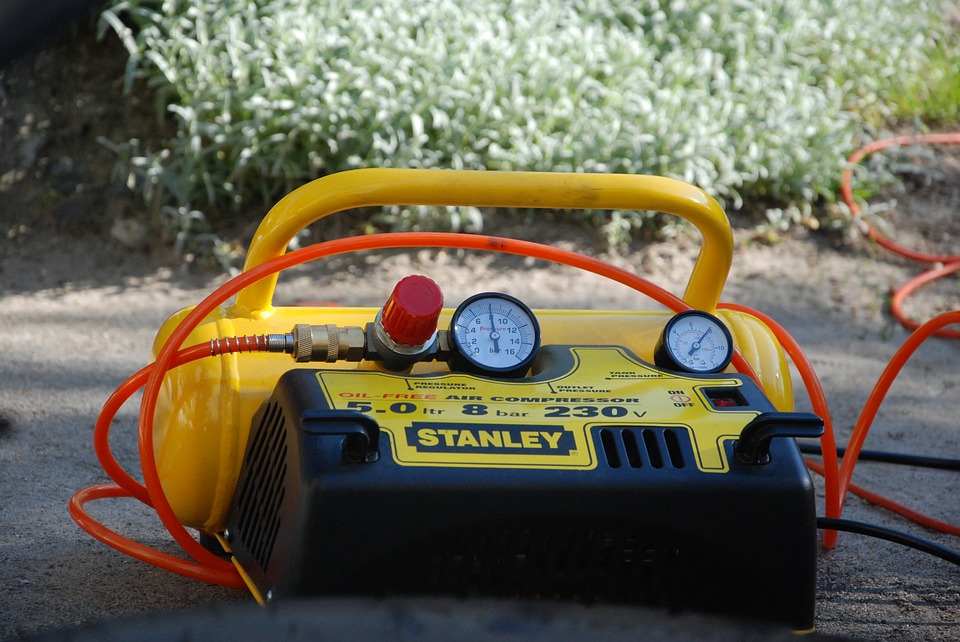Pumps, Parts, Service & Design For:
- Chemical Pumps
- Pressure Washers
- Oilfield Application
- Food & Beverage Application
- High Pressure Coolant Delivery Systems
- Washdown Systems
- Irrigation Pumps
- Water Treatment
- Waste Water Treatment
- Vacuum Truck Pumps & Accessories
- Overhead Conveyor Cleaning Systems
- Air & Gas Drying
- Industrial Instrumentation
- Car Wash



Services
Pressure washing or power washing is the use of high-pressure water spray to remove loose paint, mold, grime, dust, mud, chewing gumand dirt from surfaces and objects such as buildings, vehicles and concrete surfaces. The volume of a mechanical pressure washer is expressed in gallons or litres per minute, often designed into the pump and not variable. The pressure, expressed in pounds per square inch, pascals, or bar, is designed into the pump but can be varied by adjusting the unloader valve. Machines that produce pressures from 750 to 30,000 psi (5 to 200 MPa) or more are available.
The terms pressure washing and power washing are used interchangeably in many scenarios, and there is some debate as to whether or not they are actually different processes.
A pressure washing surface cleaner is a tool consisting of two to four high-pressure jets on a rotating bar that swivels when water is flowing. This action creates a uniformed cleaning pattern that can clean flat surfaces at a rapid rate.
New Equipment
A machine (or mechanical device) is a mechanical structure that uses power to apply forces and control movement to perform an intended action. Machines can be driven by animals and people, by natural forces such as wind and water, and by chemical, thermal, or electrical power, and include a system of mechanisms that shape the actuator input to achieve a specific application of output forces and movement. They can also include computers and sensors that monitor performance and plan movement, often called mechanical systems.
Renaissance natural philosophers identified six simple machines which were the elementary devices that put a load into motion, and calculated the ratio of output force to input force, known today as mechanical advantage.[1]
Modern machines are complex systems that consist of structural elements, mechanisms and control components and include interfaces for convenient use. Examples include a wide range of vehicles, such .
Service Plans
Project planning is part of project management, which relates to the use of schedules such as Gantt charts to plan and subsequently report progress within the project environment.[1]
Initially, the project scope is defined and the appropriate methods for completing the project are determined. Following this step, the durations for the various tasks necessary to complete the work are listed and grouped into a work breakdown structure. Project planning is often used to organize different areas of a project, including project plans, work loadsand the management of teams and individuals. The logical dependencies between tasks are defined using an activity network diagram that enables identification of the critical path. Project planning is inherently uncertain as it must be done before the project is actually started.
hroughout the life of the project. Analyzing progress compared to the baseline schedule is known as earned value management.[4]



